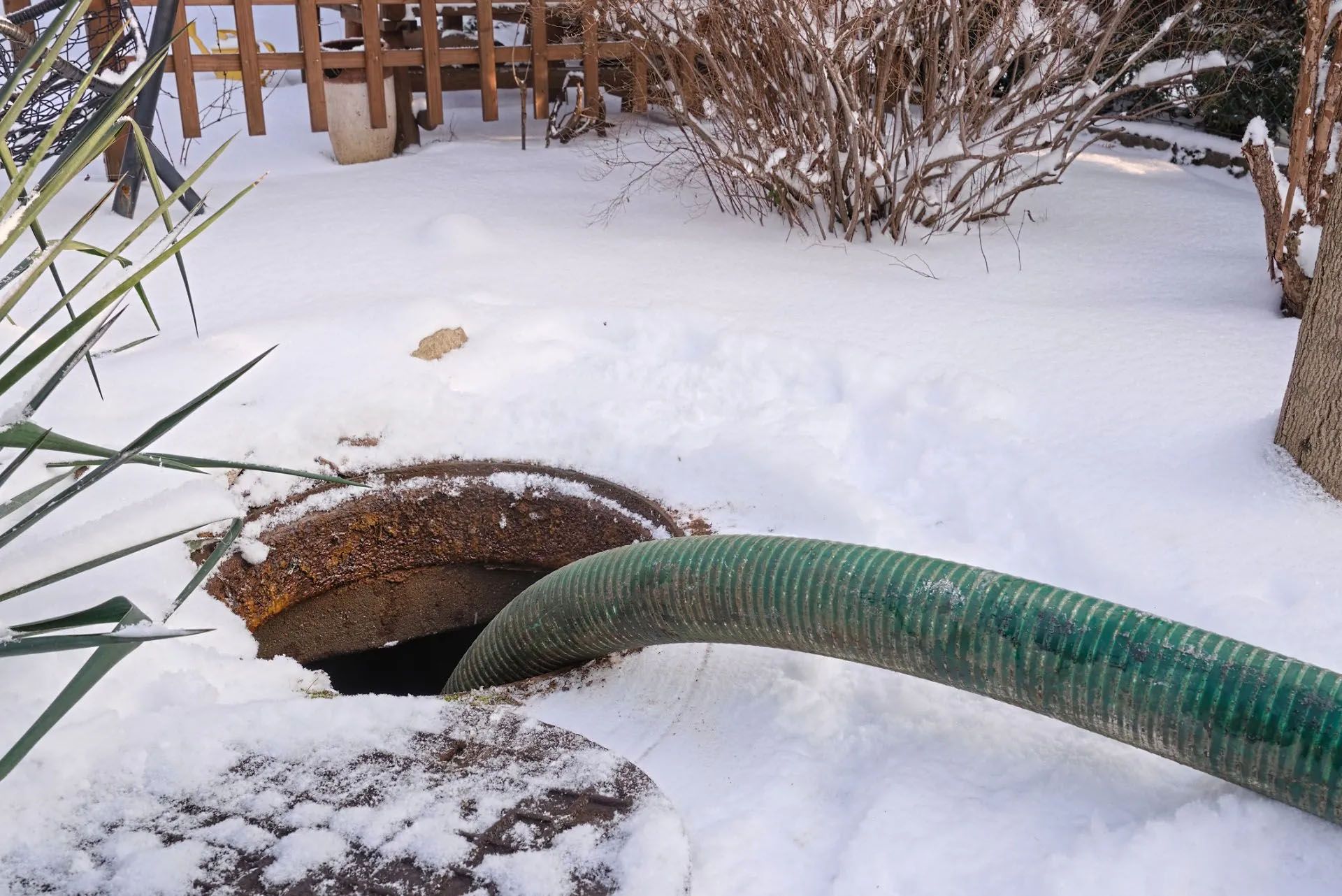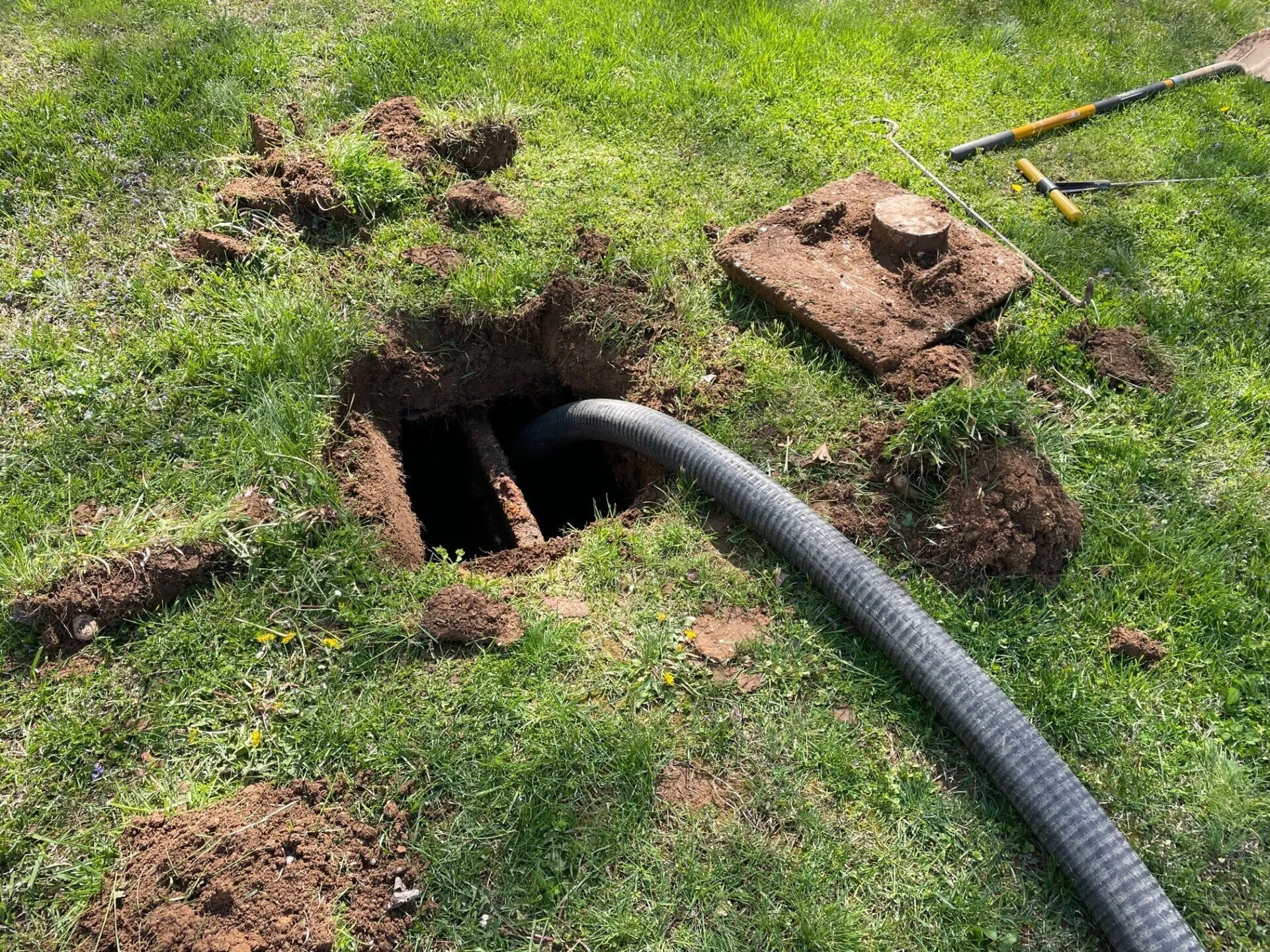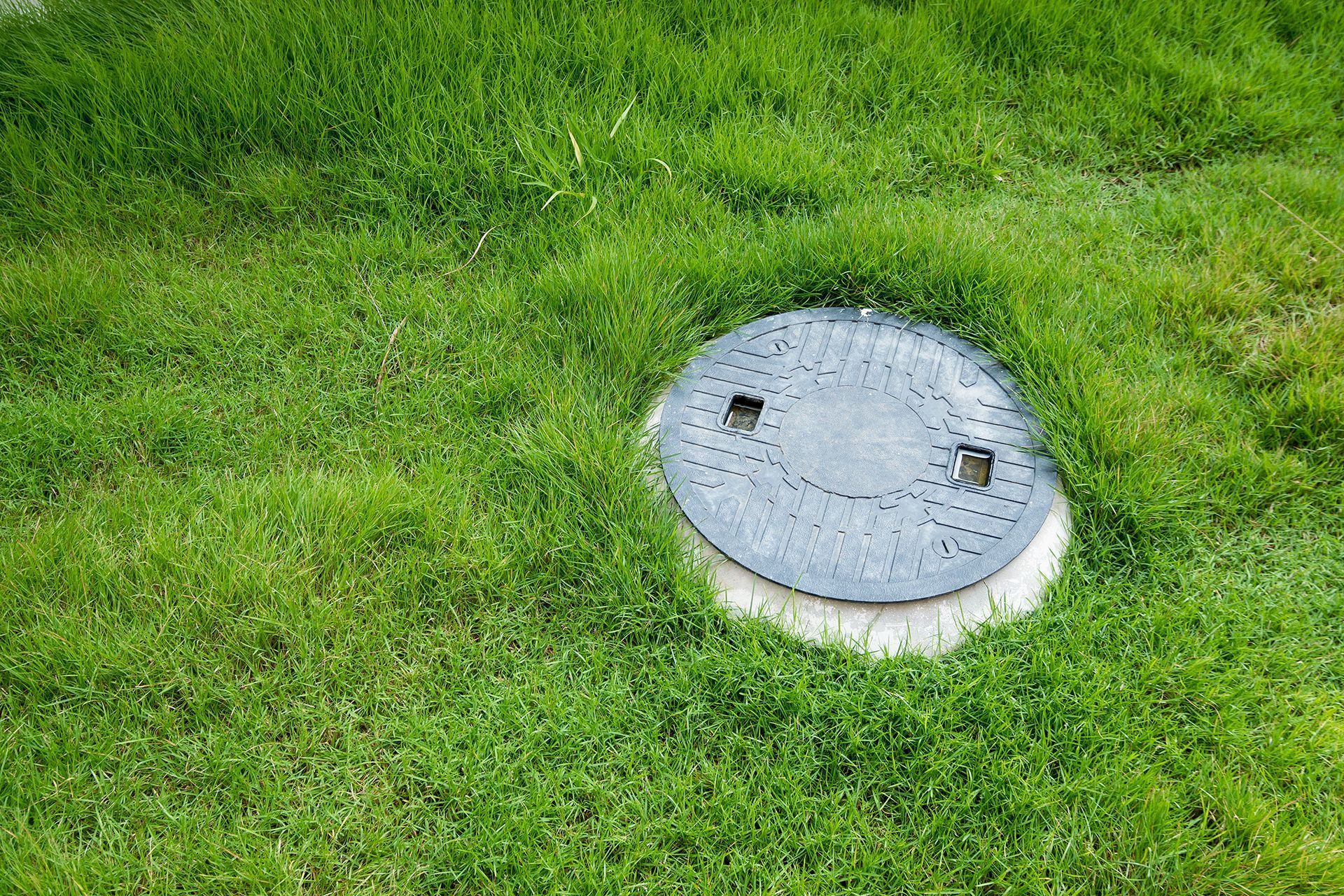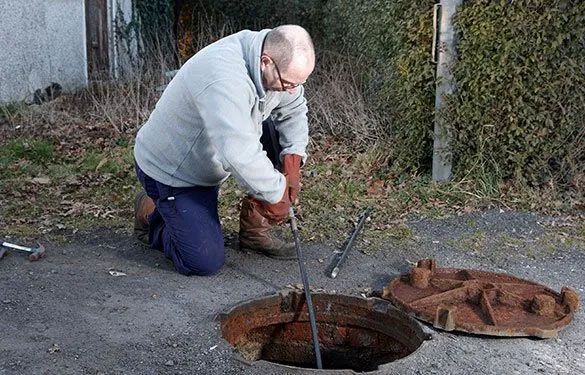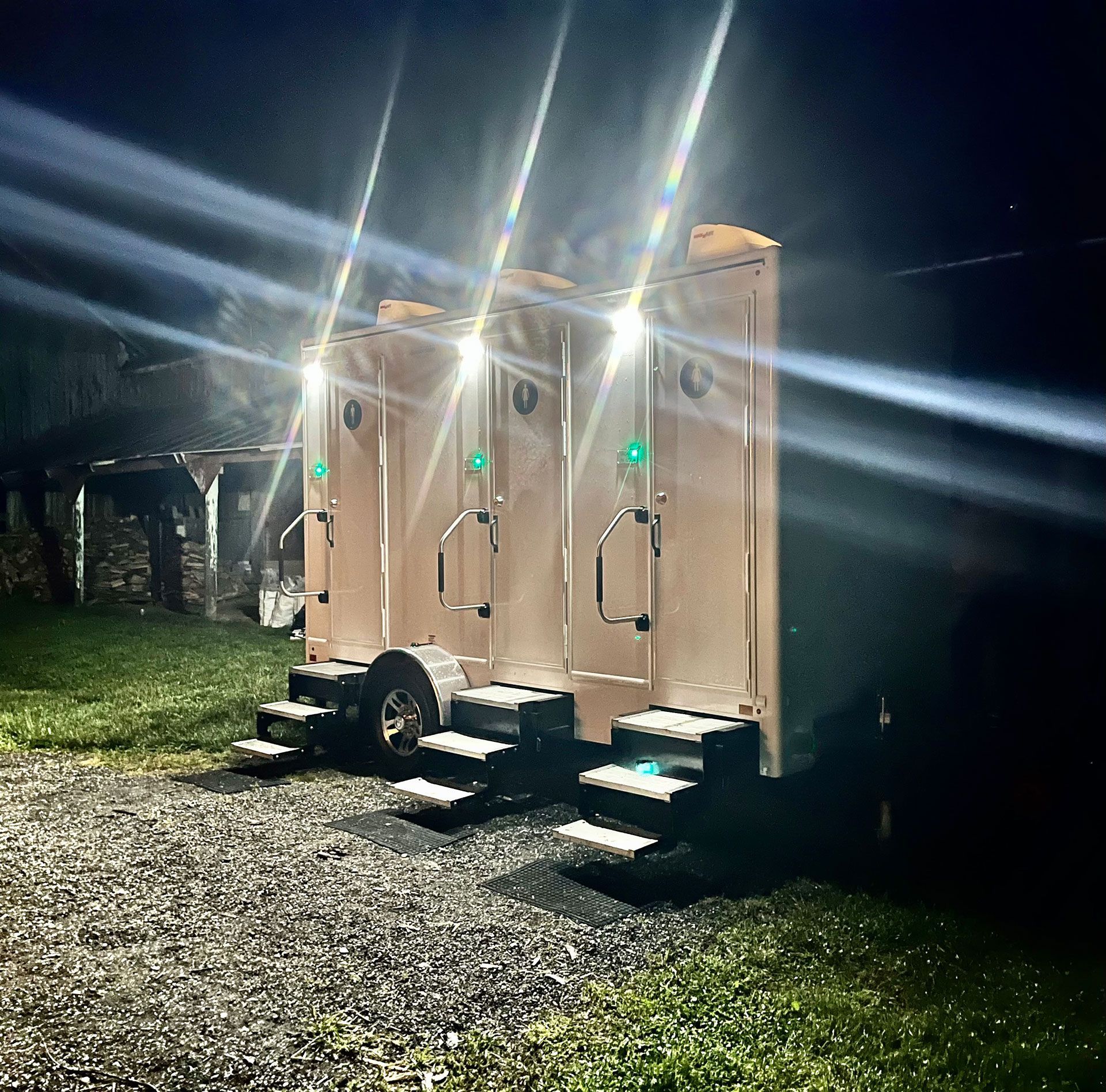Understanding the Anatomy of an On Site Disposal System (OSDS or Septic System)
Understanding the Anatomy of a Septic System
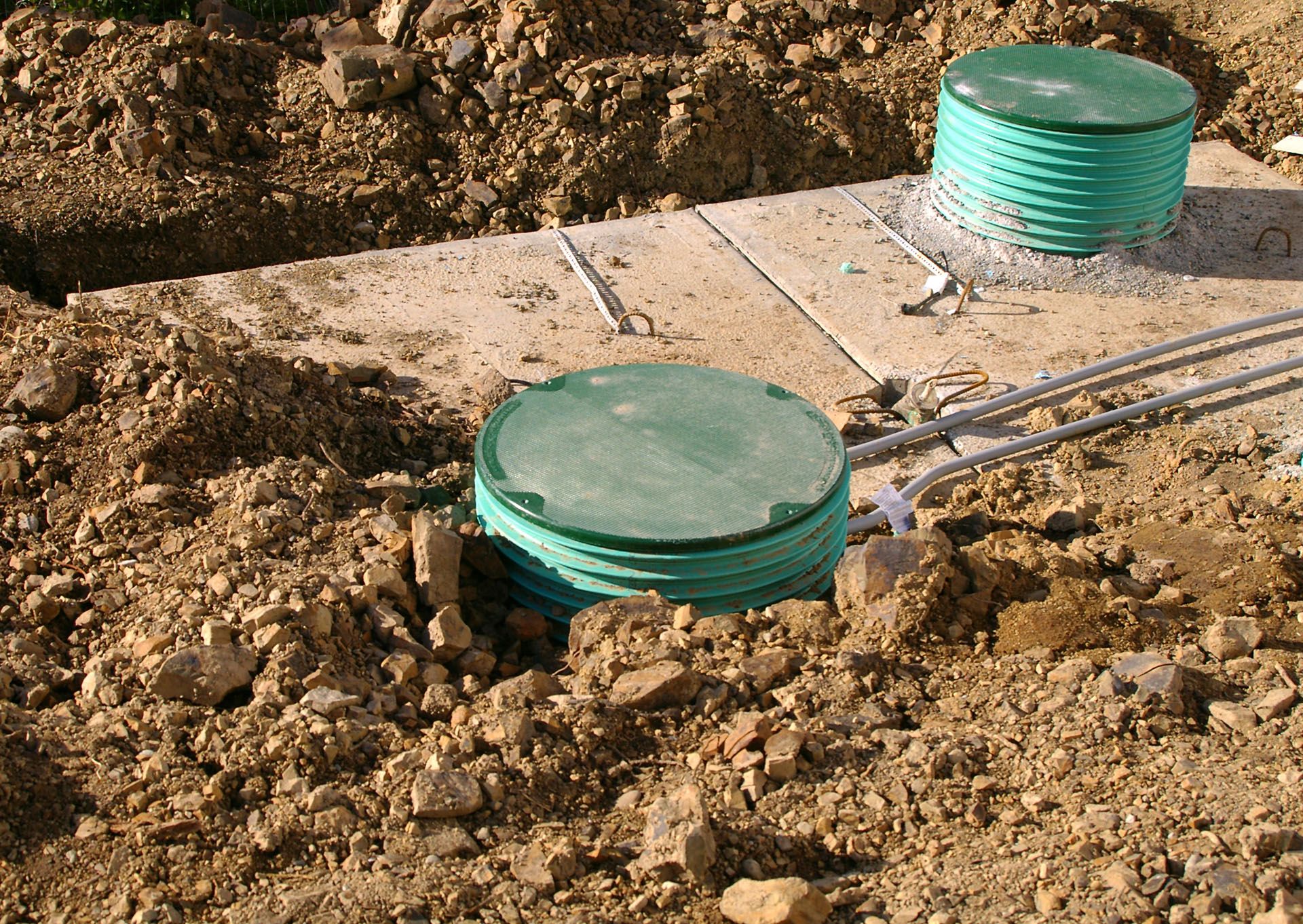
Welcome to Hall's Septic Services, where we delve into the intricate world beneath your feet – the septic system. Whether you're a homeowner, a prospective homebuyer, or just someone interested in the workings of wastewater management, understanding the structure of a septic system is crucial. In this guide, we'll break down the key components, from the inlet pipe to the drain fields, shedding light on how these elements work together to ensure efficient and environmentally friendly wastewater treatment.
Inlet Pipe: The Gateway to Treatment
Purpose:
The journey of wastewater begins with the inlet pipe, connecting your household plumbing to the septic tank.
Structure:
Usually made of durable PVC or ABS plastic, the inlet pipe is designed to transport all wastewater from your home to the septic tank.
Function:
It allows the seamless flow of wastewater, containing everything from kitchen sink water to toilet flushes, into the septic system for initial treatment.
Septic Tank: The Heart of the System
Purpose:
Acting as the first line of defense, the septic tank plays a crucial role in separating solids from liquids.
Structure:
Constructed from materials like concrete or fiberglass, a basic the tank ranges in size from 1,000 to 1,500 gallons with a series of baffles to facilitate the settling of solids.
Function:
Solids settle at the bottom, forming sludge, while liquids scum floats to the top. The clarified liquid, known as effluent, exits the tank through the outlet pipe.
Baffles: Guiding the Flow
Purpose:
Baffles are internal structures within the septic tank that help keep solids inside the tank.
Structure:
They are typically T-shaped partitions that prevent the immediate exit of incoming solids from the tank and allow only liquid to enter the absorption fields, protecting the fields from damage.
Function:
Baffles ensure a controlled flow, allowing time for solids to settle and liquids to move towards the outlet pipe.
Outlet Pipe: Directing Treated Effluent
Purpose:
The outlet pipe is the conduit through which treated effluent leaves the septic tank.
Structure:
Similar to the inlet pipe, it is typically made of durable materials like PVC or ABS.
Function:
The outlet pipe directs the partially clarified effluent to the distribution box, marking the transition from the septic tank to the drain field.
Distribution Box: Equalizing the Effluent
Purpose:
The distribution box evenly distributes effluent to various sections of the drain field.
Structure:
A junction box with multiple outlets, connecting the septic tank outlet pipe to the drain field pipes.
Function:
It ensures uniform distribution of effluent, preventing overloading of any specific area within the drain field.
Drain Fields: Nature's Final Filter
Purpose:
The drain fields, also known as leach fields or trenches, provide the final treatment of effluent before it re-enters the groundwater.
Structure:
Perforated pipes or chambers buried in trenches lined with gravel facilitate the absorption of effluent into the soil.
Function:
As effluent percolates through the soil, natural processes filter out remaining impurities, allowing treated water to return to the groundwater system.
Rely on the Professionals at Hall’s Septic Service to Keep Things Flowing!
Understanding the intricacies of a septic system is essential for homeowners to ensure proper maintenance and avoid potential issues. Regular inspections, pump-outs, and adherence to water usage guidelines contribute to the longevity and efficiency of your septic system. At Hall's Septic Services, we are committed to providing expert guidance and services to keep your septic system running smoothly, protecting both your property and the environment. Stay tuned for more insights into the world beneath – where functionality meets eco-conscious wastewater management.
